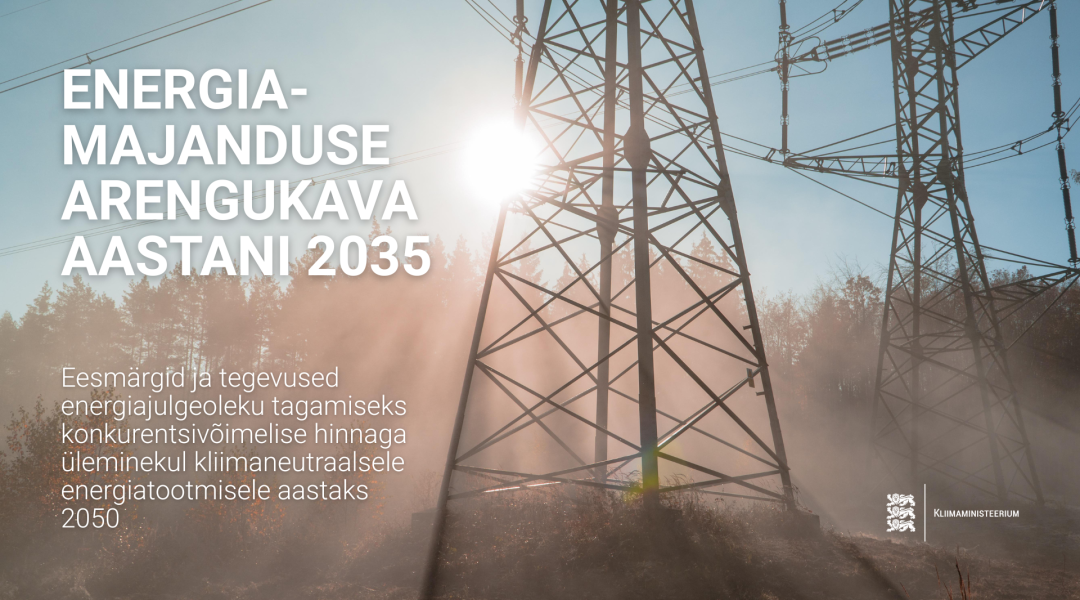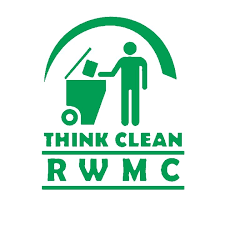Copyright trend

BAKU, Azerbaijan, November 1. The Estonian government has put forward the draft of the National Energy Sector Development Plan (ENMAK 2035) to the Riigikogu for discussion. The plan lays its cards on the table with key objectives for Estonia’s energy policy—to keep the lights on, boost national competitiveness, and pave the way for a clean-energy economy, Trend reports. According to Minister of Energy and Environment Andres Sutt, Estonia’s energy system requires modernization regardless of external factors. “The most important goal is to guarantee the future reliability and crisis resilience of our energy system while keeping prices for consumers as low as possible,” Sutt said. “ENMAK 2035 provides a clear roadmap for reducing dependence on imported fossil fuels while maintaining electricity prices at a competitive level within the region. These ambitions must not remain on paper—they must become reality. The strategy sets out the main directions and principles for the development of Estonia’s energy sector, which will guide detailed actions during implementation,” the minister emphasized. The ball started rolling on the development plan back in 2021, kicking off with some preliminary analyses, a flurry of consultations, and a thorough strategic environmental impact assessment. The draft plan was open for public consultation until August 29. In total, approximately 340 proposals were received from stakeholders, businesses, and ministries. The Ministry of Climate reviewed and incorporated relevant feedback to improve clarity and balance in the draft. At the core of the plan is the creation of a diversified energy production portfolio to ensure the reliability and resilience of Estonia’s power system at all times. Alongside the optimal use of domestic renewable resources—such as wind and solar, supported by storage solutions—the country must also secure sufficient controllable generation capacity. Much of Estonia’s existing controllable capacity is outdated and uncompetitive in the electricity market, so it will be maintained until new generation facilities are developed. The plan also highlights the need to strengthen energy networks to improve reliability during crises. Physical protection of critical infrastructure and strong cybersecurity are identified as key components of a modern energy system. By 2035, Estonia is setting its sights on keeping electricity prices for all consumer groups—households and industries—under the average of its neighbors in the region, including Denmark, Latvia, Lithuania, Poland, Sweden, and Finland. Hitting this target will hinge on a fresh production blend and strong ties across the The development plan foresees a gradual phase-out of operational subsidies for electricity production. Long-term financing solutions, with terms of at least 30 years, are planned for large-scale projects such as offshore wind farms, nuclear power plants, and pumped-storage facilities to ensure market-based profitability. Shifting gears to clean energy is at the heart of ENMAK 2035's mission. The ambition to reach 100 percent renewable electricity consumption will be achieved on a market basis once technologies become competitive without subsidies—expected in the early Beyond electricity production, ENMAK 2035 addresses the broader energy sector. In the gas industry, Estonia aims to increase the share of renewable gas to one-third of total gas consumption by 2035. In district heating, the goal is to reduce regional price disparities and gradually integrate new energy-efficient technologies such as heat pumps and thermal storage systems. Within the transportation domain, adhering to the stipulations set forth by the European Union, a minimum of 26 percent of ultimate energy utilization is mandated to derive from renewable energy vectors by the year 2035. This initiative will be bolstered by the augmentation of charging ecosystems and the advocacy for alternative energy sources. The administration is poised to present the conclusive strategic development framework for legislative endorsement in December subsequent to parliamentary deliberations. Stay up-to-date with more news on Trend News Agency's WhatsApp channel



